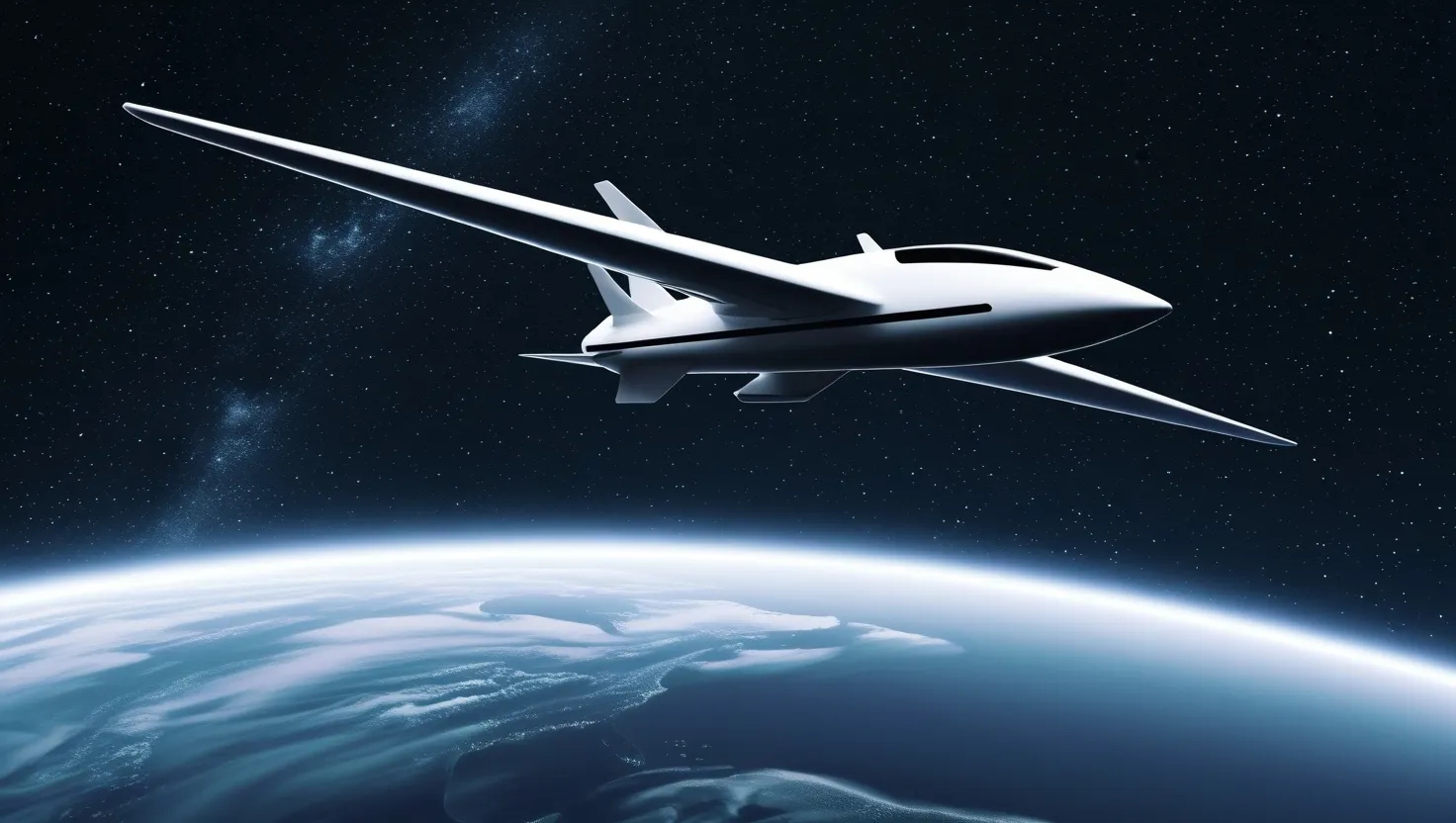Imagine a world where you can have breakfast in New York, attend a meeting in London, and be back home in time for dinner. This is the promise of suborbital commuting, a revolutionary concept that could transform the way we travel across the globe.
Suborbital spaceflight, where a spacecraft reaches outer space but does not complete an orbital revolution, is not a new idea. However, its application in ultra-rapid transportation is a relatively new and exciting frontier. These flights involve reaching altitudes above the Kármán line, approximately 100 km above sea level, and then returning to Earth without entering into orbit. This trajectory allows for incredibly fast travel times, potentially reducing journeys that currently take hours or even days to just a fraction of that time.
The technical challenges of suborbital commuting are significant. For instance, the spacecraft must achieve speeds of over 3,500 mph to reach the necessary altitudes and then safely re-enter the Earth’s atmosphere. This requires advanced materials and sophisticated heat shields to protect the vehicle and its occupants from the intense heat generated during re-entry. Additionally, the precision required for such flights is immense, as the trajectory must be calculated to ensure the spacecraft intersects the Earth’s surface at the exact desired location.
One of the most promising vehicles for suborbital commuting is the rocketplane, a hybrid of a rocket and an airplane. These vehicles are designed to operate both in the atmosphere and in space, making them ideal for suborbital flights. For example, the concept of the MUltipurpose Space Transport (MUST) involves a large, tripropellant rocketplane that could potentially refuel in space, allowing it to travel from the Earth to the Moon with just a few refuelings. While this technology is still in its infancy, it hints at the vast possibilities that suborbital travel could offer.
Environmental concerns are another critical aspect to consider. Suborbital flights, like any space travel, involve significant energy consumption and could potentially contribute to pollution and climate change. However, proponents argue that these flights could be more environmentally friendly than traditional air travel in the long run. For instance, suborbital spacecraft could be designed to use cleaner fuels or even solar power, reducing their carbon footprint. Moreover, the reduced travel time means less time spent in the air, which could lead to lower overall emissions.
The economic implications of suborbital commuting are profound. If successful, this mode of travel could revolutionize global business and tourism. Imagine being able to attend meetings in different continents within a day, or taking a weekend trip to the other side of the world. This could boost international trade, enhance cultural exchange, and open up new opportunities for tourism. However, it also raises questions about accessibility and affordability. Will suborbital travel be a luxury only the wealthy can afford, or can it be made accessible to the general public?
The impact on global business would be significant. Companies could expand their operations more easily across different regions, and international collaborations could become more frequent and efficient. This could lead to a more interconnected world, where distance is no longer a barrier to business and innovation. Moreover, the speed and convenience of suborbital travel could attract new industries and jobs, stimulating economic growth in regions that were previously isolated due to their geographical location.
Tourism is another sector that could see a dramatic transformation. Imagine taking a vacation to a destination that was previously too far or too time-consuming to reach. Suborbital travel could open up new travel routes and destinations, making the world feel smaller and more accessible. This could lead to a surge in tourism, benefiting local economies and promoting cultural exchange.
However, there are also societal implications to consider. With the ability to travel so quickly, people might choose to live in one part of the world and work in another, completely changing the concept of commuting. This could lead to new urban planning challenges, as cities might need to adapt to accommodate a more transient population. It could also affect the way we think about work-life balance, as the boundaries between home and office become increasingly blurred.
In terms of world politics, suborbital commuting could have far-reaching consequences. It could enhance diplomatic relations by making it easier for leaders to meet in person, fostering greater cooperation and understanding between nations. It could also raise new security concerns, as the ability to travel quickly and discreetly could be exploited for malicious purposes.
From a historical perspective, suborbital commuting represents a new frontier in human exploration and travel. Just as the invention of the airplane revolutionized travel in the 20th century, suborbital spacecraft could do the same in the 21st. It is a testament to human ingenuity and the relentless pursuit of innovation.
As we look to the future, it is clear that suborbital commuting has the potential to reshape our world in profound ways. While there are many challenges to overcome, the benefits are too great to ignore. Whether it is transforming global business, enhancing tourism, or simply making the world feel smaller, suborbital travel is an exciting and promising development that could change the way we live, work, and travel forever.
In conclusion, the dawn of ultra-fast global travel via suborbital spacecraft is not just a futuristic dream; it is a tangible reality that is slowly taking shape. As we navigate the technical, environmental, and economic challenges associated with this technology, we must also consider its broader implications for our society, politics, and way of life. The future of travel is here, and it is faster, more exciting, and more interconnected than ever before.






